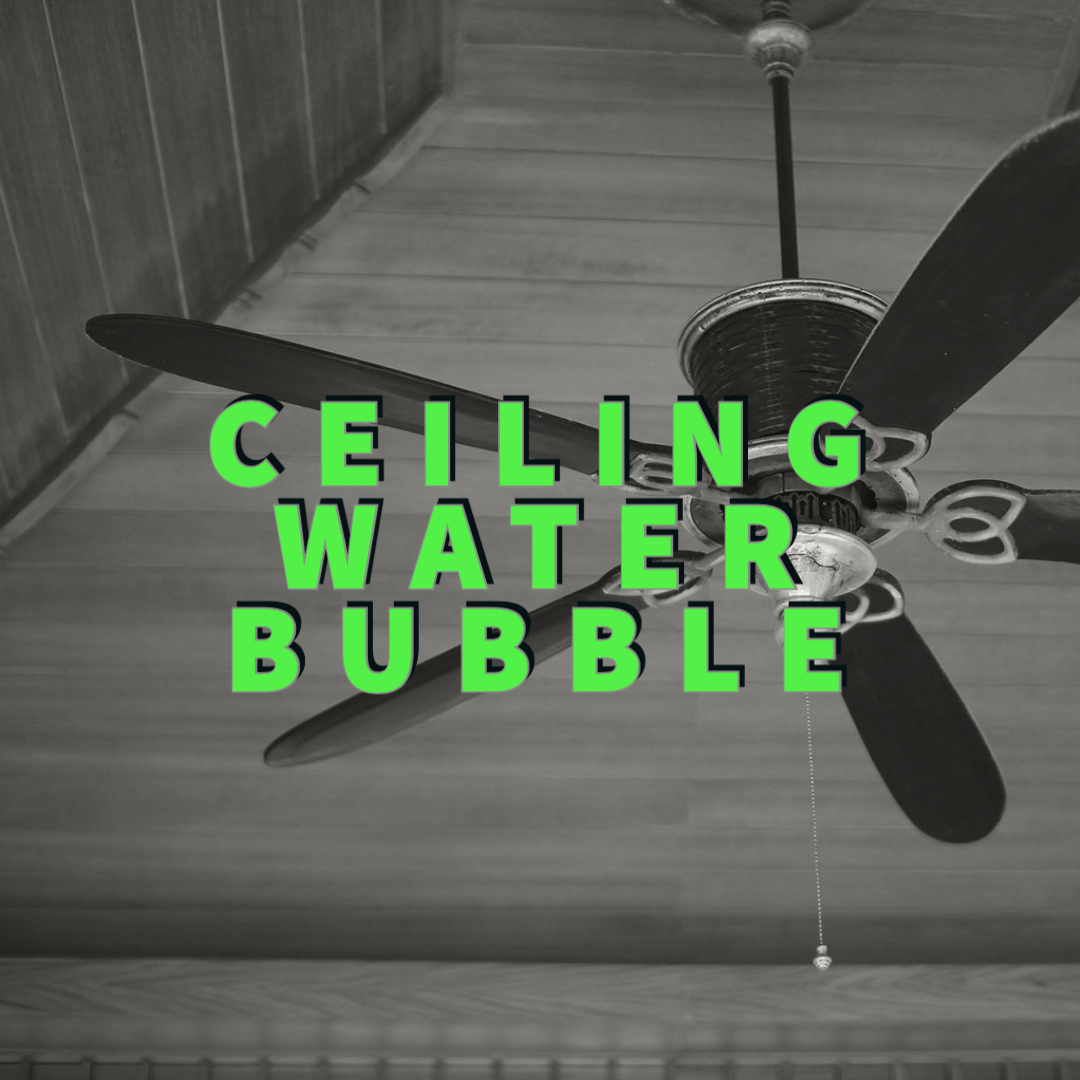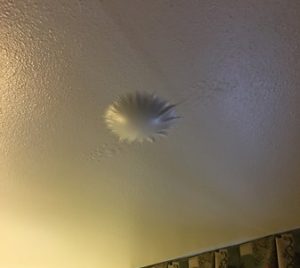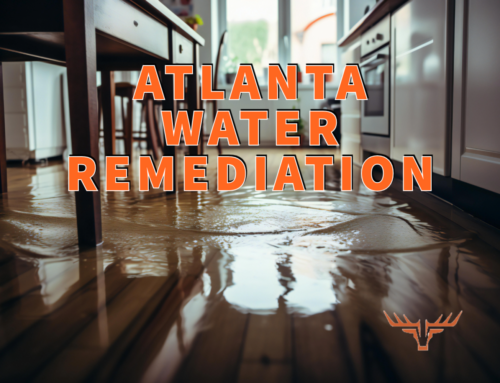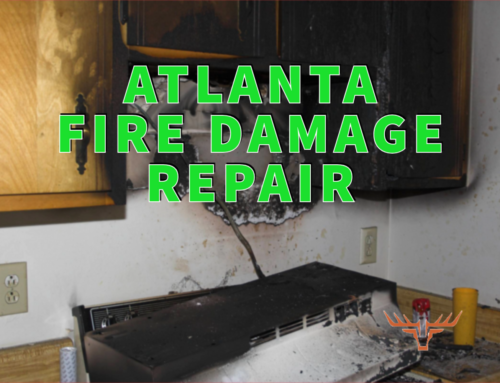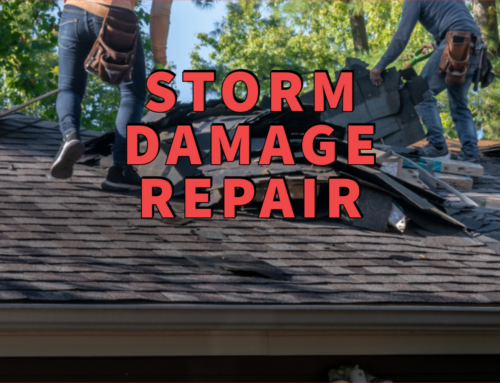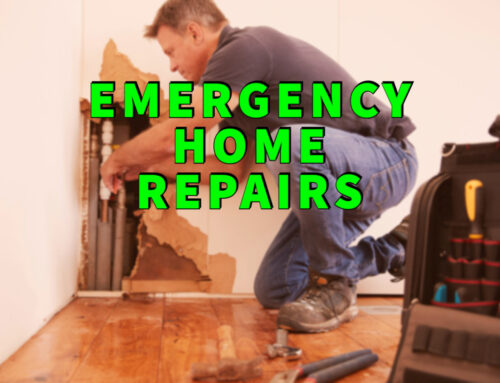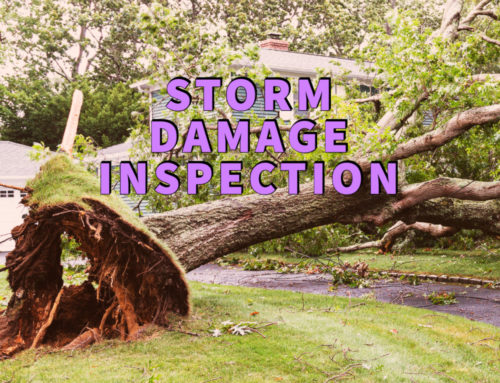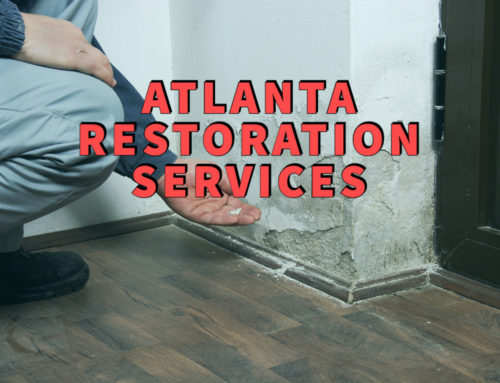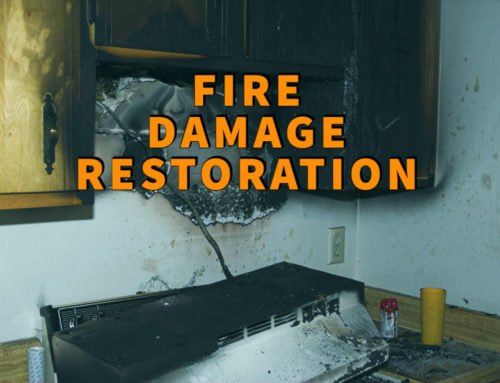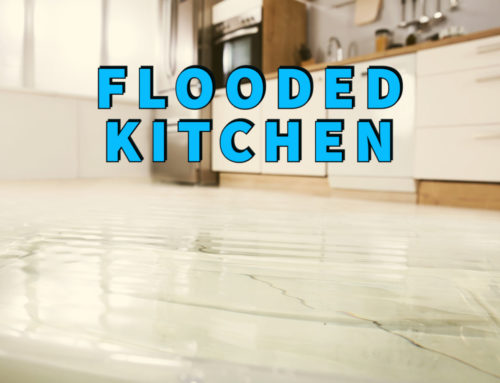Follow these easy steps for taking care of your ceiling water bubble and prevent further damage to your drywall.
Water damage can come from a variety of sources, both natural and human-made. A high volume of water can enter the home from below or from above.
And when water comes down from above, there’s a considerable risk for ceiling water damage. Along with this comes one of the most definitive signs of water damage: a ceiling water bubble.
This article will outline some of the common issues associated with water damage from above and talk about the steps you can take when dealing with a ceiling water bubble before restoration experts arrive.
Ceiling water damage
Water damage from above can wreak havoc on your ceiling. Ceiling drywall that has gotten wet requires replacement—the structural integrity of the drywall becomes compromised.
The most common signs of ceiling water damage include:
- Water stains
- Sweating
- Ceiling water bubbles
- Mold growth
Let’s take a look at each of these scenarios.
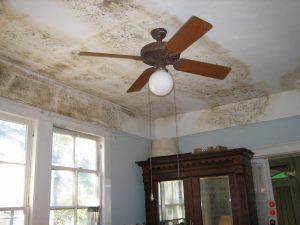
Mold growth
Mold growth is a clear sign of water damage and has the most potential for long-term impact. Mold can be dangerous for the human respiratory system. If left untreated, everyone in the space runs the risk of developing health issues.
Call a mold remediation expert as soon as you find mold damage. The rest of the water damage indicators can help you identify water damage before it reaches this critical stage.
Water stains
Water stains are left behind after your ceiling has gotten wet. It’s one of the most common signs of water damage.
Water stains are brown or dark red in color. They indicate that your ceiling has experienced water damage in the past or has an ongoing problem. Either way, the drywall will need replacing.
Sweating
Sweating is similar to water stains. This issue makes the paint look a darker color and is indicative of the beginnings of a leak.
There are two possible outcomes following sweating; either it will dry and become water stains, or the water will leave you with a ceiling water bubble.
Ceiling water bubble
A ceiling water bubble looks like your ceiling is swelling at a particular point. This problem means there is liquid gathering behind the drywall or paint.
Take immediate action when this happens—there’s a chance the ceiling can collapse in the affected area.
3 simple steps for a ceiling water bubble
Before we highlight the DIY steps you should take, one crucial point:
Call your contractors of choice and tell them about your situation. Ceiling water damage requires professional involvement.
That being said, take these three steps when you find a ceiling water bubble:
- Take your largest bucket and place it directly below the ceiling water bubble
- Climb a ladder and poke a hole in the ceiling water bubble, making sure it drains into the bucket below
- Feel the drywall and identify mushy areas—this means the drywall has gotten wet. Draw a circle around this area
Identifying the area where the ceiling water bubble has compromised the drywall is essential because this portion of the ceiling is no longer structurally sound.

Identify the source
After you deal with your ceiling water bubble—or any of the water damage indicators—it’s time for some detective work.
Perform a preliminary scan and identify the source of the water. Some common causes include:
- Leaking roof
- Overflowing toilet
- Leaking pipes
- Leaking HVAC systems
This information will help your contractor deal with the ceiling water bubble and prevent future occurrences.
Ceiling water bubbles in Atlanta, Georgia
Remember, when dealing with a ceiling water bubble, the first step is calling your local contractor. Then, perform the DIY steps before searching for the water’s source.
Both natural and human-made sources can cause water damage from above. Signs of water damage from above include mold growth, water stains, sweating, and ceiling water bubbles.
If you are in the Atlanta, Georgia, area and are experiencing any ceiling water damage issues, give us a call or reach out via our contact page! Our experts are here for you and can help you handle everything—even the insurance process!

